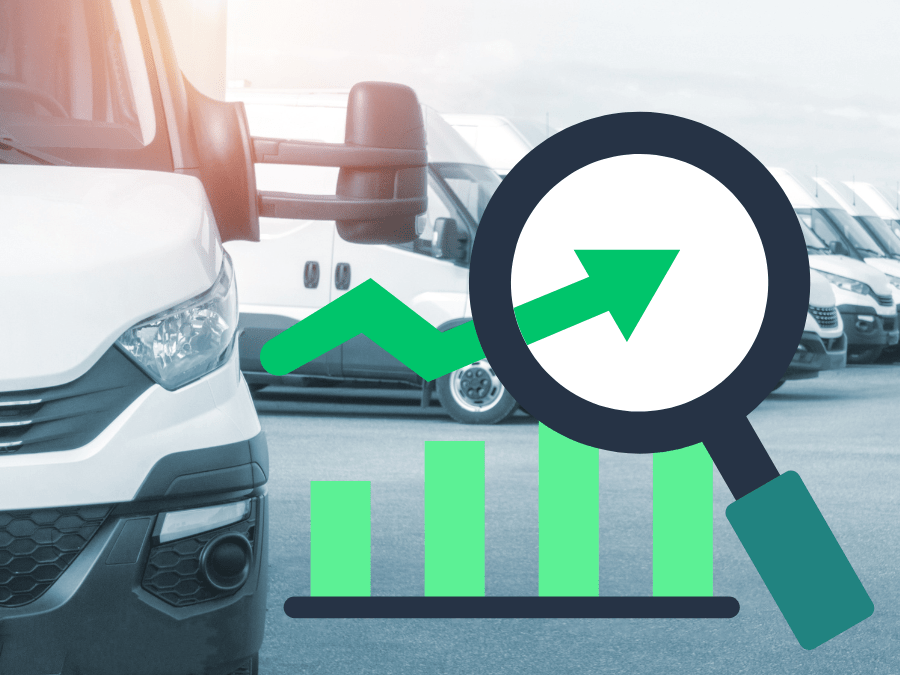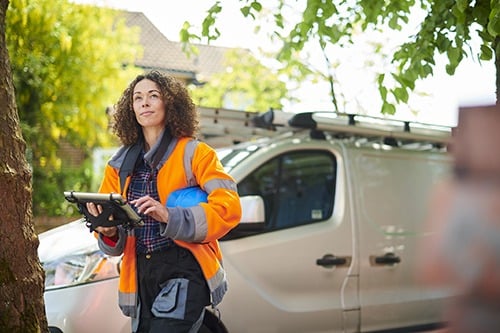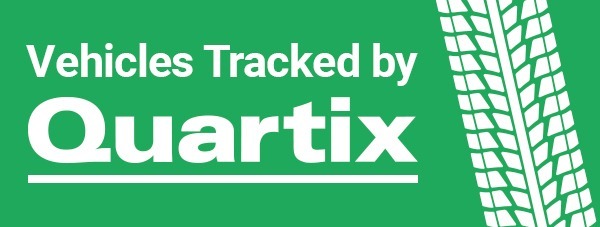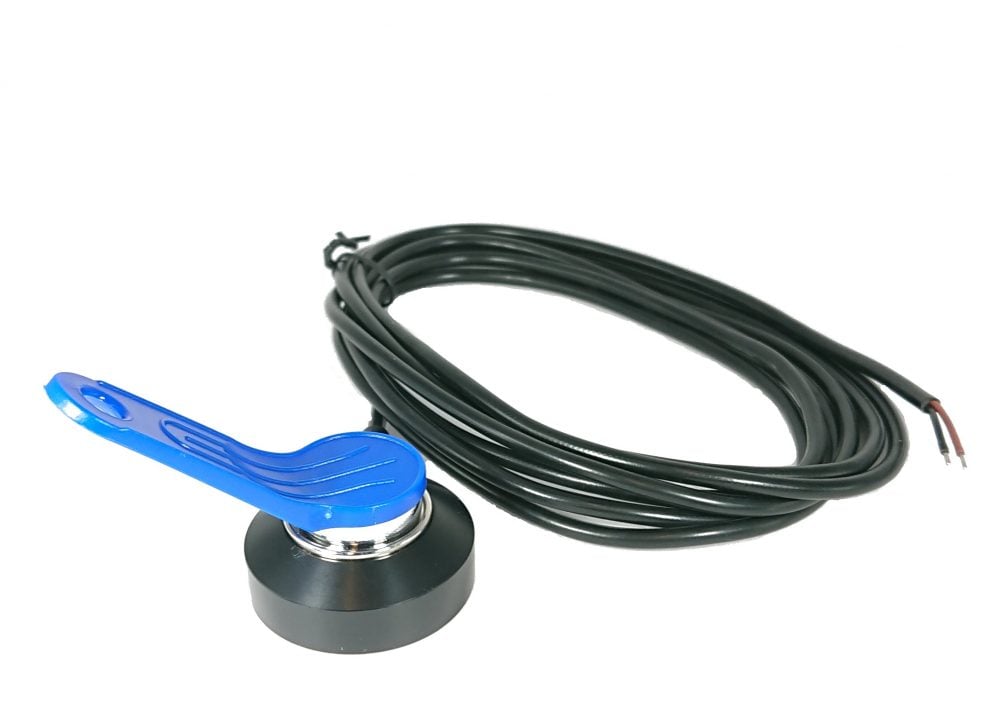GreenFleet talks to our Head of Sales, Sean Maher, about unlocking the value of vehicle tracking data for the Public Sector. The interview covers everything from reducing carbon emissions and recording grey fleet miles, to the concept of mobility in cities.
Local Authorities are under increasing pressure to decrease their carbon footprint. What kind of things do they need to consider when they are looking to reduce fuel emissions?
From our experience with customers in the Public Sector, they are looking to bring down things like vehicle idling, which is a big issue in the sector. Idling is where a vehicle is parked with its engine running. It costs the organisation money and is a direct expense for fleet operations. And it’s a completely unnecessary overhead – fuel is being wasted, carbon emissions are not being controlled and the vehicle is not being run in the most efficient way. We help local authorities by reporting on their vehicle’s idling and tackling these concerns.
Another area of focus for driving down carbon emissions is looking at exactly how the vehicles are being driven. When telematics is installed into a vehicle, you start to see data illustrating times when the driving is ‘aggressive’ in nature, indicating undue stress on the vehicle and unnecessary burning of fuel. Behaviours such as heavy braking and heavy acceleration are flagged in the Quartix system, and patterns start to emerge. Local authorities tend to operate vehicles in built-up cities, and this is often when driving styles are at their worst. Helping fleets to control this by encouraging their drivers to brake and accelerate more gradually, not only reduces fuel emissions, it also improves the safety of residents in the area.
Tying these two telematics reports together, organisations will tend to see significant reductions in fuel consumption. Typically, a commercial vehicle will use between a 1-1.5 litres of fuel for every hour that it’s parked up.
Does the Quartix data identify opportunities for moving to low emission or electric vehicles?
Yes certainly, some of our public sector customers are operating electric and hybrid vehicles but we find that budget constraints often make these options unfeasible. A lot of authorities using diesel are aware that they need to move to electric vehicles, but the infrastructure and the cost is prohibiting them from doing so. Those changes will therefore be introduced slowly – but in the meantime, we help them manage the diesel fleets and understand where they can reduce the costs and emissions involved in running those vehicles. If authorities understand this, they can become more efficient with fuel use whilst they are making the transition to use different vehicle types.
What about ‘grey fleet’ miles – business travel undertaken by people using their own vehicles. Tell us about grey fleet and how you can help?
Grey fleet is always a tricky issue – businesses need to know the miles that have been driven for work and they have to take employees’ word for the details of those journeys taken. In reality, many of these reports will be derived from a quick check on Google Maps to see what the approximate mileage would have been, rather than recording the exact route taken and exact mileage for the journey. We have a facility whereby employees operating in a grey fleet can separate their business mileage from personal mileage, by setting the system to ‘business mode’ for work-related journeys and recording all vehicle movements for that period appropriately. The system then logs the routes they take and places they stop at, allowing the organisation to review this.
When ‘business mode’ is not engaged, the data is not recorded and only mileage is logged, allowing business/private miles to be totalled and declared accordingly. The system works really well for our customers and provides all the evidence that they need.
Presumably, Quartix does all of the analysis and insight-finding for customers to understand how they can make these improvements?
Yes – when we on-board a new customer, we want to ensure that they get the most out of the system. It only adds value to a business if it the tracking data gets used. A lot of the work we do with customers is about understanding their requirements and configuring the system to deliver that information to them, either in a live format or scheduled report.
Our first question is always ‘what do you want the system to do?’ – unless we know that, we can’t pinpoint what the biggest benefits will be for them. People have different requirements, so we make a point of learning what those are and working with authorities to help them realise the benefits of vehicle tracking. We can then pull out the figures that will be of interest, such as how many hours their fleet vehicles have idled for that month. That can identify where savings can be made and also prompt questions such as whether the drivers were in the vehicles at the time – preventing any insurance risks to the business.
Without the benefit of the Quartix system, would these costs and risks to businesses go unnoticed?
Absolutely. Without tracking, all an organisation would know is that the vehicle’s MPG is not so good. Without knowing what the vehicle is doing, you wouldn’t be able to identify why.
As a society we are moving away from the term ‘transport’ and beginning to understand the idea of ‘mobility’ as a service. Local authorities have their part to play in understanding how we travel, but a lot are not aware of how we move around their geographical area. How can Quartix help with that?
The first thing we would set up to provide that insight is geofencing. This ensures that vehicles are only operating in areas you would expect them to operate in. Also, with congestion charges and other fees in place, we can help report on whether vehicles that are entering zones unnecessarily.
This is really helpful in situations where there are large fleets with shared skill sets, and organisations are sending employees across town to do a job that their nearby colleague could have dealt. Telematics displays an up-to-date picture of your drivers’ locations, so that you can send the nearest member of staff to a job, improving efficiency and reducing mileage.
How much money do you think you can save a client, typically, when they install the Quartix system?
With local authorities, we tend to see savings of around 10% in fuel costs alone, which is actually really good. The big thing is usually the efficiency of the vehicle and of the workforce – tracking encourages better driving habits and productivity – so there will be huge savings derived from those improvements too. Local authorities are under great pressure to do more with less, and that’s really where Quartix can help.
Liked this article? You may also find our Building the Business Case for a Vehicle Tracking System guide useful.






